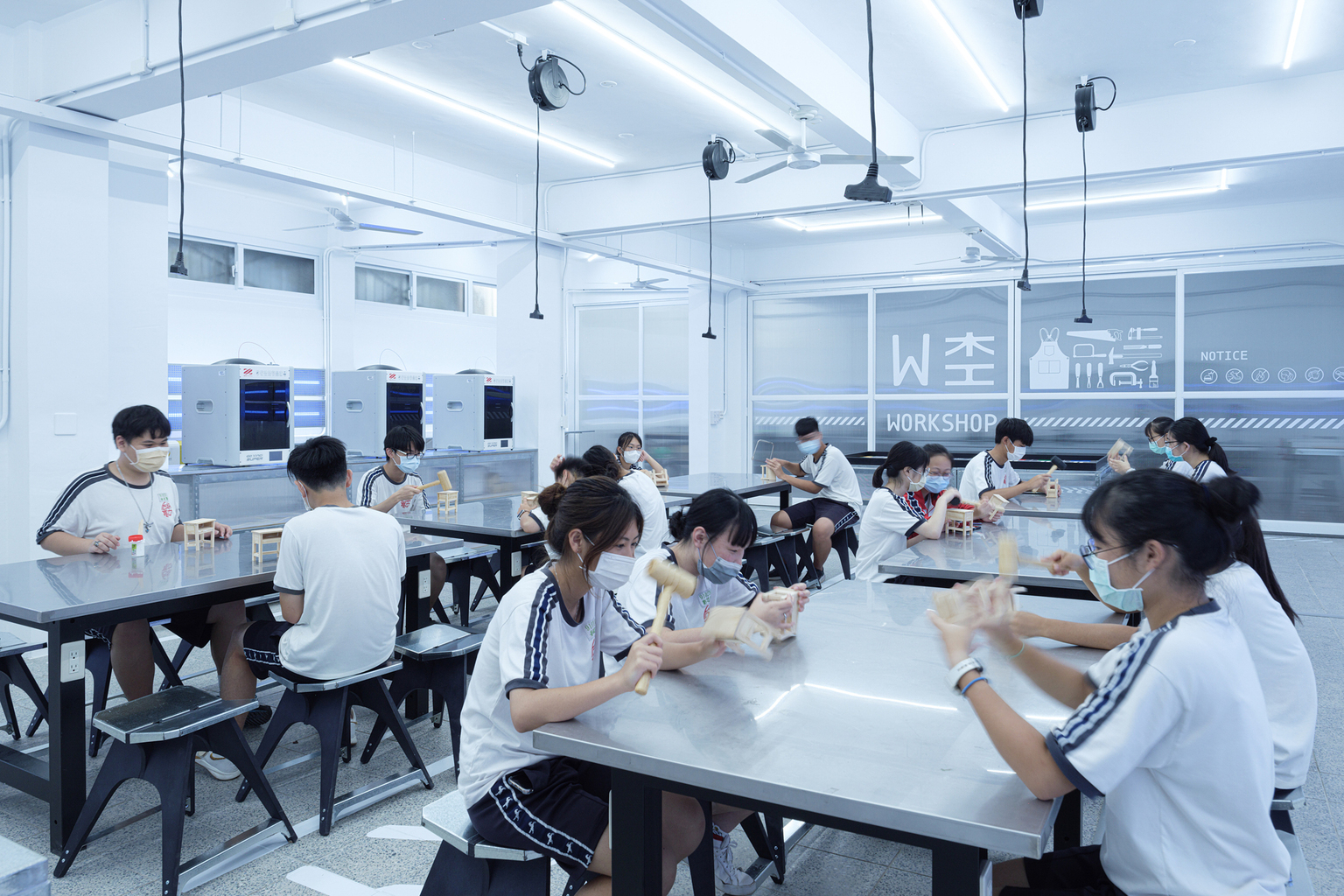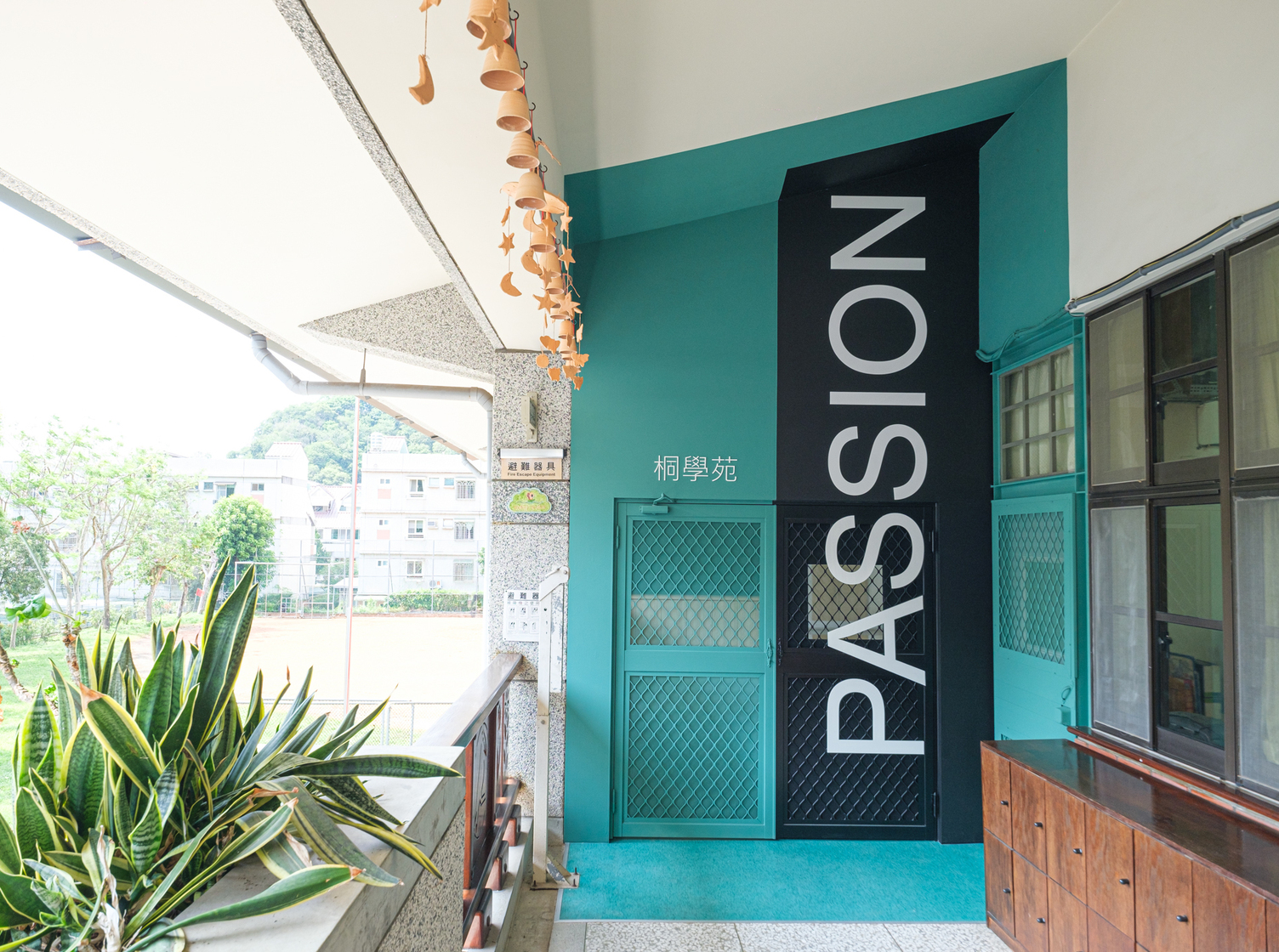Setting Space as the Starting Point of Imagination, Using Design to Build Contemporary Campus
-Exclusive Interview with Johnny Chiu, Founder of J.C. Architecture
Many people know that spatial transformation is an art; however, with countless types of spaces, is there a set of essential guidelines? Regarding this question, Johnny Chiu, founder of J.C. Architecture who has been in charge of transformation of public spaces like TRA Future Express, Not Just Library, and TFAM Store, believes that the most important thing is whether a space can inspire imagination and remain flexible for changes.

Turn Space into Stage of Education with Diverse Variations
“When I design or transform a public space, in addition to paying attention to the functional needs of the space itself, I am more concerned with how people gather and interact here, and how space can trigger more imaginations. To me, inspiring dreams through design is the most precious significance of a space,” said Johnny Chiu.
This kind of thinking is also applicable to campus spaces. According to Chiu, “Design Movement on Campus” gathers a group of design teams with great potentials and sense of mission; however, giving design teams enough creative freedom over the course of transformation while avoiding over-design is the crucial balance that requires constant attention. “I found out that some schools are more function-oriented, which inevitably suppresses design teams’ creative freedom during the process. This is why TDRI and advisors play a vital role of satisfying the practical needs of schools and offering designers sufficient creative freedom in the process; on the other hand, design teams should also avoid ‘doing too much’ in the process of transformation; instead, they should reserve some flexibility for the spaces, give teachers more teaching possibilities, allow students to develop own imaginations in the spaces, and transform the spaces into stages full of changes.”


Use Simple yet Smart Designs to Create Ways of Utilization with Greater Freedom
Johnny also uses the classroom transformation of Beigang Elementary School in New Taipei City as an example: “When designing classroom space, ‘Üroborus Studiolab’ broke the existing layout of classrooms and painted the front and back walls with blackboard paint, which not only added to the surface area for writing, but more importantly, eliminated directionality in the classroom, consequently diversifying usage; combined with portable cabinets and desks and chairs, the design increased flexibility of teaching.”
Such “simple yet smart” case of classroom transformation, which creates greater freedom of utilization for the space with limited budget, is not only a successful case of spatial transformation, but also a great reference. Johnny Chiu further suggests that not only can existing schools consider how to transform own existing spaces through the cases of “Design Movement on Campus,” new schools can also draw inspiration from these cases in the planning stage, taking into consideration of the needs of today’s teaching and campus life.
“The elementary school I attended has always looked the same, and this is ridiculous. After all, after three, four decades, it is time to for changes to happen,” said Johnny; also, he hopes that the promotion of “Design Movement on Campus” can bring more changes and create spaces with greater diversity, while also slowly building school campuses of the contemporary age.




